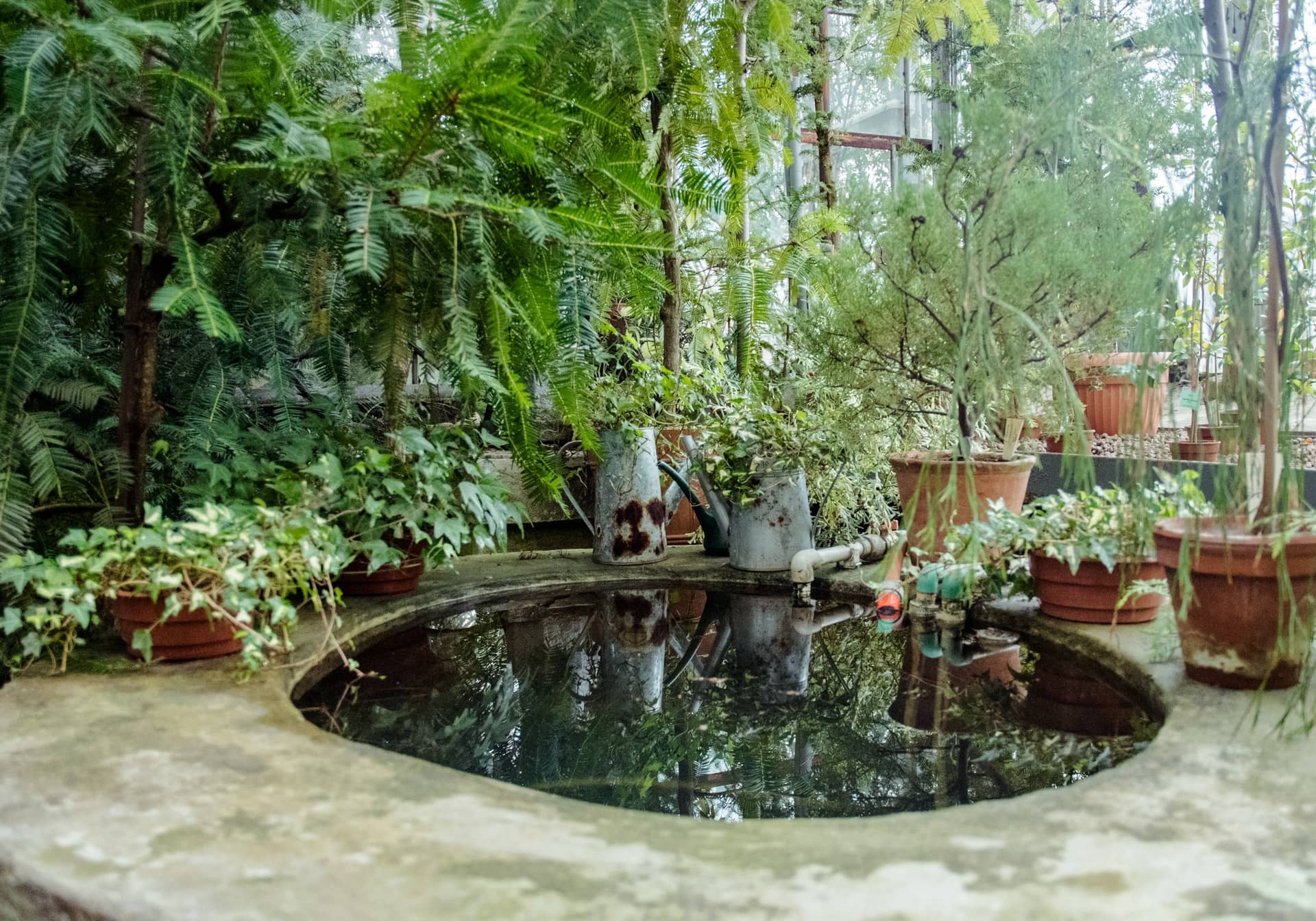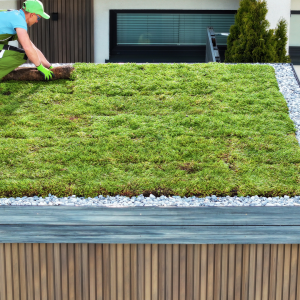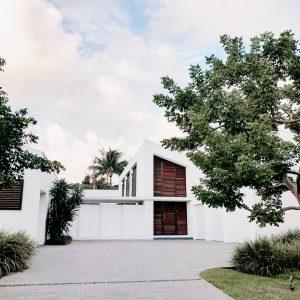A pond is an attractive addition to any garden. The beautiful water feature will create a serene space and provide a supportive habitat for various wildlife, such as fish, birds, insects, and newts.
However, if you fail to care for a pond throughout the year, it can suffer from overgrown weeds, polluted water, and unsightly plants. It will not only destroy your garden’s aesthetic appeal but will create an unhealthy environment for all inhabitants and wildlife.
Tips on what to do to ensure a garden pond lasts
To enjoy a beautiful, healthy, and attractive feature all year long, read these top tips on what to do to ensure a garden pond lasts.
Perfect the plant balance
Fish need oxygen to survive and thrive. If you have too many plants in a pond, the photosynthetic process at night will cause an oxygen deficiency, as the plants will absorb the oxygen and emit carbon dioxide. Care for your pond by ensuring between 40-60% of its surface area is shaded or covered by plants.
Pick the right pump size
A pond pump will improve oxygen levels in the water due to improved circulation. The pond’s water volume should circulate the entire pond at least once per hour. However, the pump size you choose can determine its effectiveness in the water. As the pump’s flow should not be restricted by debris, you must pick the right sized pump for a pond’s dimensions.
Clean your pond every three to five years
As you will want to create a healthy environment for all wildlife planting or maintain your pond’s visual appeal, you must clean your pond every three to five years. After that, you can buy a pump to drain the pond water and remove fish as they become visible when the water level drops.
Next, remove all plants and place decayed material next to the pond to allow any creatures to return. Scoop away silt from the base, clean the liner with a scrubbing brush and warm water, and then refill the water. Add in saved silt and reposition the plants before returning any fish or creatures.
Use nets to regularly clean the pond
As you will want to keep the pond as clean as possible throughout the year, you can use nets to remove leaves and plant debris from the water. If you stay on top of this task, you can clean your pondless frequently throughout the years.
Install an aerator
An aerator is a great option for helping oxygen circulate in the pond water. It prevents decaying organic material from turning toxic in the water, stopping algae growth while protecting all fish.
Monitor water levels
It is natural for water levels to decrease during hot or dry spells during spring and summer, and you might need to top up the pond with water. However, if the water level continues to drop during autumn and winter, you may have a leak that you will need to repair as soon as possible. Therefore, monitor the water levels regularly to spot the issue early and protect any inhabitants.
Add a pond dye
A pond dye will not only make your pond more visually appealing, but it can protect it throughout the seasons. For example, a black or blue pond dye will prevent sunlight from penetrating the water, which will decrease the growth of aquatic weeds or algae.
Introduce floating plant islands
Floating plant islands are a great way to naturally remove nutrients in the water, as they are responsible for algae growth that can damage your pond and its creatures.
Great floating plant islands for a pond include:
- Water willow
- Hibiscus
- Water snowball
Final words
By following the above advice, you could enjoy a clean and healthy pond that will allow its creatures to thrive throughout the years. Plus, the pond will continue to look beautiful and tranquil in your garden, which will ensure you never fall out of love with your exterior.





